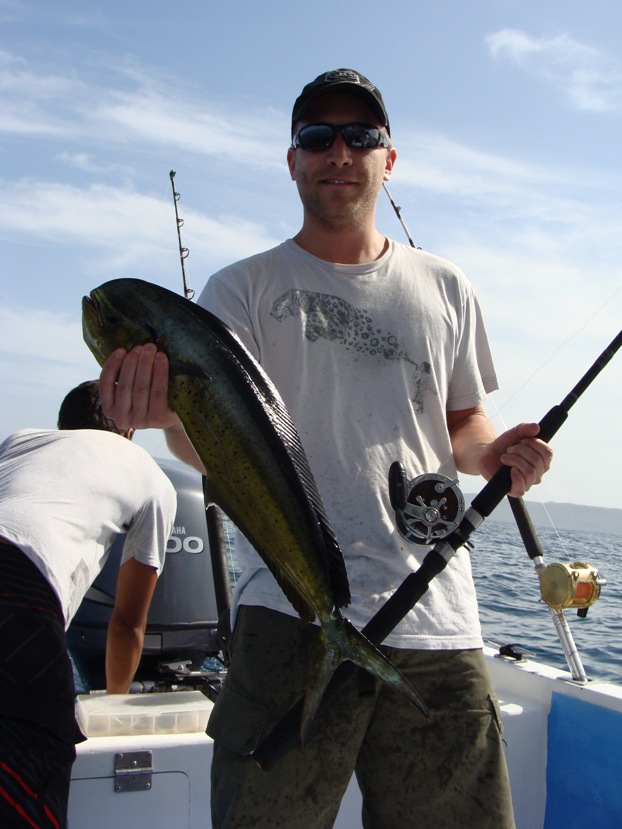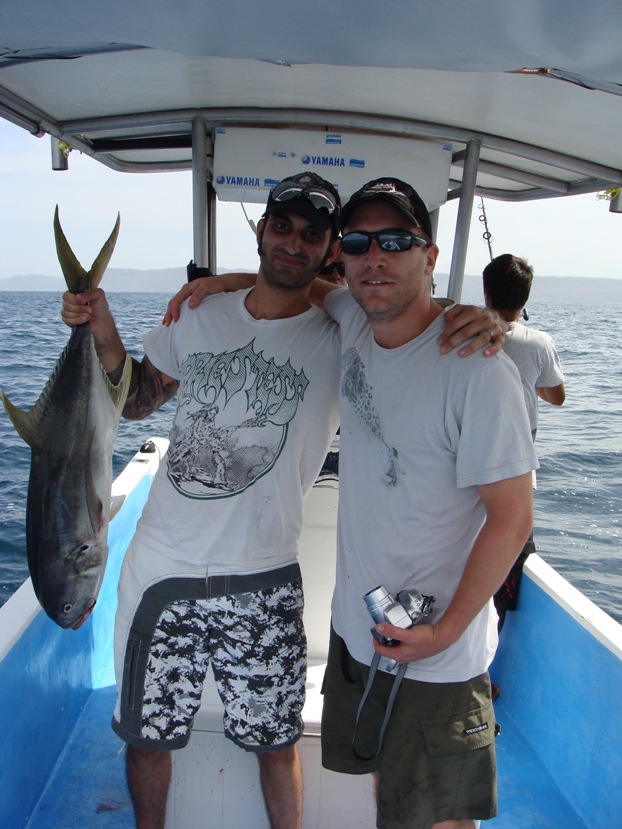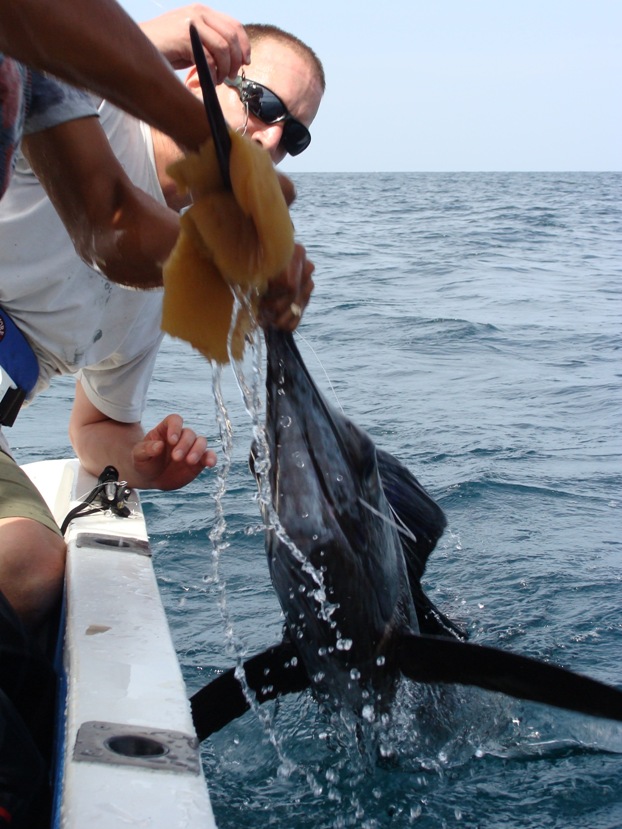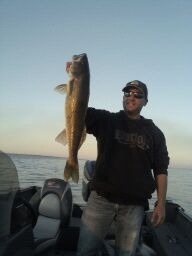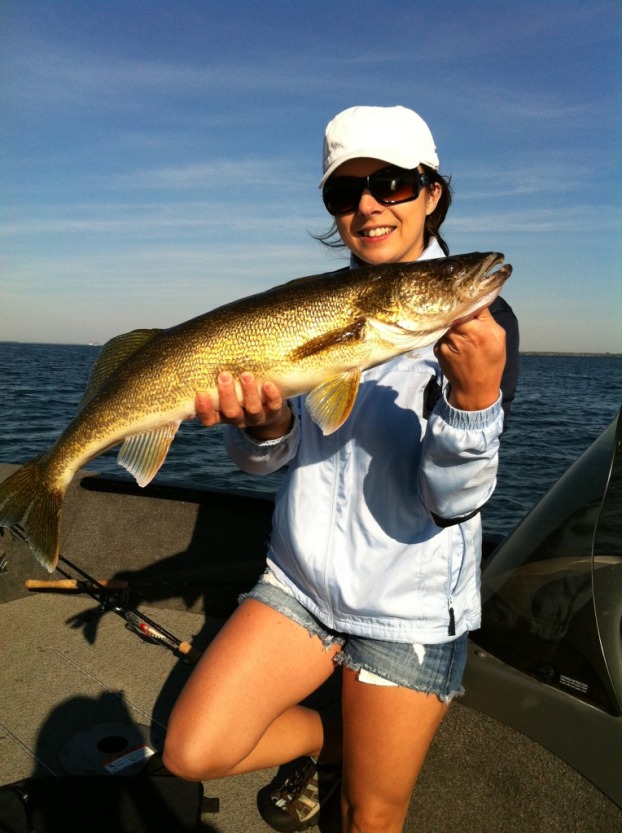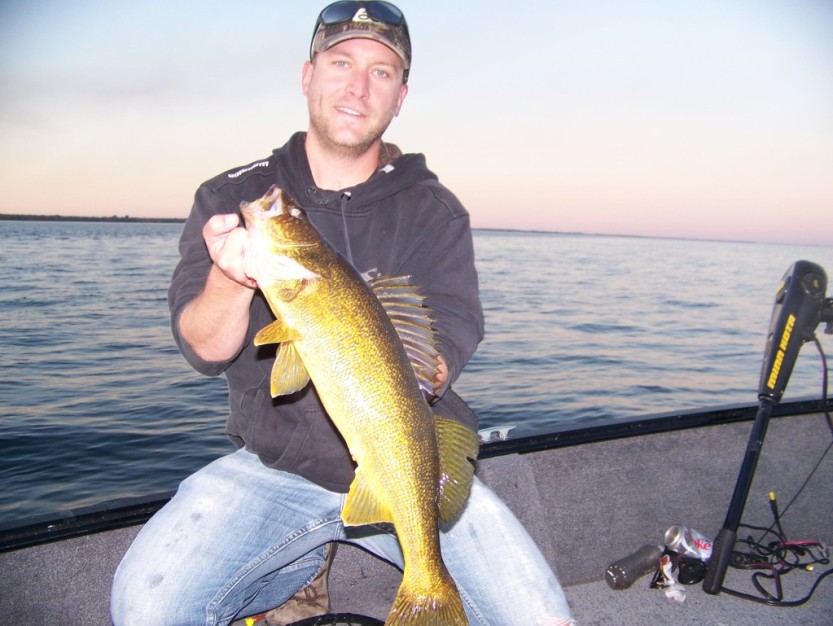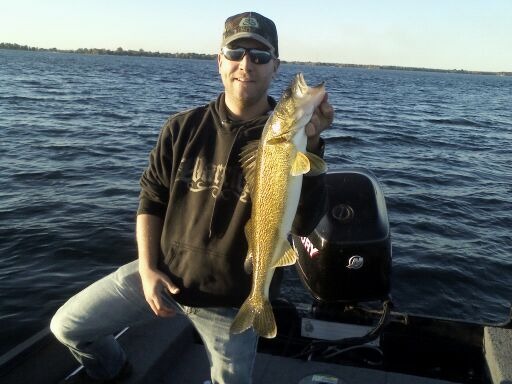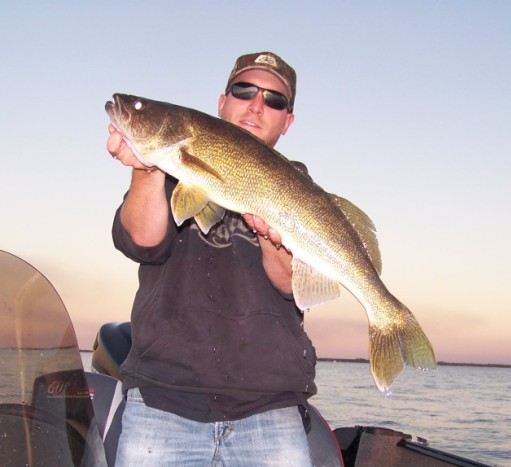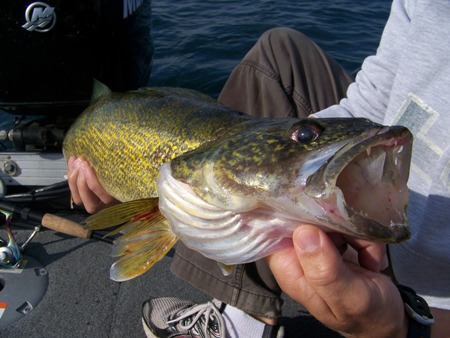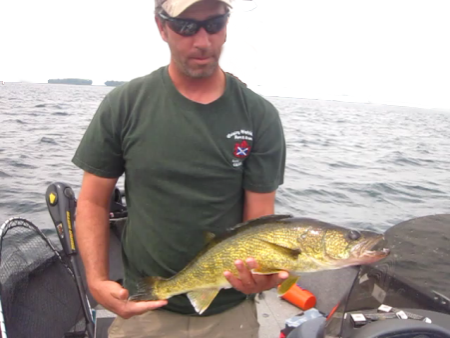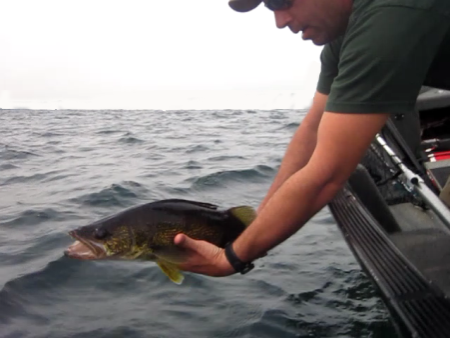When one of my best friends told me last summer he was getting married in Costa Rica I asked jokingly if he had any room for a small-framed fisherman in his luggage somewhere. Turns out he extended an invitation and I thought, Costa Rica eh? Why not! After all I’d heard a lot of great things about the place and people who visit call it El Paradiso. A few google searches about the area we were staying in, Playas del Coco, Guanacaste in the Northwestern part of the country revealed a renowned sportfishing area famous for it’s Sailfish, Dorado, Roosterfish, Tuna and many more. It was enough to convince me. After a few days of acclimatizing to the searing heat of 36C and a relentless equatorial sun I started asking around about fishing. I met a local named Elmund at a place called Coco Palms who specializes in adventure tours in the area. He took us out to Rio Tempisque in a national park of Costa Rica called Pallo Verde. This is a freshwater river straight out of a crocodile dundee movie. The river was absolutely overflowing with crocodiles, iguanas, jesus lizards and countless bird species. On the shores of this muddy hub of life howler and cappucino monkeys rested in trees and stared at us curiously as we floated by. Some of the monkeys however weren’t content with only watching and they got close, real close.
On the way back from the trip I asked Elmund if he liked fishing. He said he did some fishing but that it wasn’t his specialty. He did however tell me he could set me up for something the next morning. He told me he knew two guides who have been doing very well in the area lately. I was to meet them “next to the big tree at the beach in front of town” at 8am the next morning. The date was set. I was about to head out fishing on the open tropical Pacific.
When I made my way to the big tree the next morning (gotta love addresses in Costa Rica) I was reeling with excitement. I had never been on the Pacific Ocean before let alone for a fishing trip. The two guides who only spoke very limited English showed up right on time with a cooler full of melons, pineapple and of course, beer. After a few handshakes and awkward moments of attempting conversation in my very limited Spanish we were off and soon beyond the northern tip of Playa del Coco into open water looking for pelagic giants. The ocean was calm that day, at least when we got started. As I savoured the moment and snapped pictures the 20foot boat came to a stop near a rocky island off a point. One of the guys started throwing a quarter ounce jig at the swell around the island and soon handed me the medium action baitcaster. I reeled in a silver fish that fought like a 3lbs smallmouth but probably weighed in at around a tenth of that. Fish in saltwater are like freshwater fish on meth. They are absolutely insane and never, ever stop fighting. When I pulled in this fish and the guy said “bait” I thought to myself I’m not really sure I want to see what eats these. When the livewell was nice a full of these little guys we headed off once again further north.
The guys had 3 rods setup for trolling. One on a makeshift downrigger right behind the boat and two more stretched out to the sides trolled high in the water column. We were fishing open water in about 100feet of water for the most part. I am really not sure how deep he was running the deep rod because of my lack of ability to ask that in Spanish but it looked to me like he was setting it up around 30-40 feet deep. All three were rigged the same way, 50lbs test mono tied to a wire leader and one large treble hook.
Before I could get comfortable one of the guides signaled for me to grab one of the rods and I was fighting my first ever saltwater fish. He took me for a good ride. It took one run towards the bottom and then turned back the other way and headed for the boat. Not long after that it’s beautiful green back and silver sides flashed in the crystal clear water and I had my first ocean fish, a very respectable Mahi-Mahi and my first saltwater fish.
As I was taking in the moment and enjoying the beautiful tropical Pacific scenery, our two guides quickly set the rods back up and we were trolling again almost immediately. It didn’t take long until the reel started screaming again. This time, the fish moved faster and darted left and right like a silver missile. A few minutes later, I was holding a Tuna Mackerel.
A few minutes later, another fish hit. This fish however had a little more weight to it. It was my friend’s turn to grab the rod. This fish fought hard. It’s really not comparable to anything I’ve caught in freshwater. After a good struggle and two or three reel screeching dives, JP was proudly holding a beautiful yellow-fin tuna, who eventually became our BBQ dinner on the beach that evening.
The action slowed a little after that fish. Our guides decided to switch location and move North up the Pacific coast a few miles. Fishing in the ocean is vastly different than fishing a river or lake back home. When fishing the st-Lawrence for example, I’m always on the lookout for structure, cover, current and focus is on bottom content. On the open ocean, guides are looking for surface activity, birds and baitfish shools. As we were making our way towards this new area, one of the guides told me he spotted a sailfish. He pointed in the direction where he had seen it as the boat simultaneous made a 180 degree turn and headed in that direction. To this day I can testify that I didn’t see the fish or anything different on the water for that matter. Let’s just say these guys had very well trained eyes. After a few minutes going over that area with the bait, it seemed our sailfish had eluded us. Just as they were about to give up, the reel started to tick and then….pandemonium. Everything happened very quickly, but before I knew it, I was handed the rod and almost at the same time I watched a sailfish tail-dancing on the surface about 200 feet behind the boat. I couldn’t believe what was happening, that this monster fish was actually hooked and I was holding the rod. It was surreal. I tried my best to gather my senses and stop shaking. As instinct kicked in, I checked my drag was perfect and did absolutely everything in my power to make sure I didn’t lose this fish. The fight lasted a good 30 minutes. I could feel the lactic acid building in my forearms but I wasn’t about to give up. The fish took drag, jumped completely out of the water at least 5 times and gave me the thrill of a lifetime.
If you’re looking for something different and you have a case of cabin fever this winter, I would strongly suggest considering a trip to Costa Rica. It’s relatively inexpensive, the folks there are as friendly as they come, and if you’re a nature nut you simply put will not run out of things to keep you busy.
Until next time, stay Outside!
Jigger.

